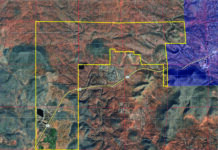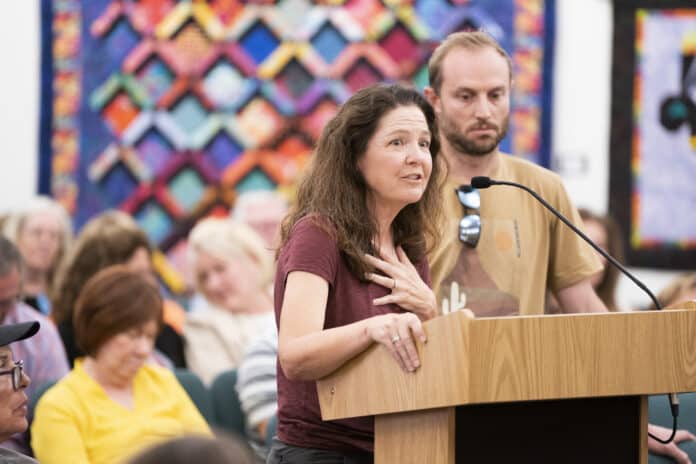
While the Sedona City Council unanimously approved the renewal of its service provider contracts at its June 13 meeting, the discussion revealed the division between city leadership and Yavapai County as well as District 3 Supervisor Donna Michaels.
The council awarded just over $1.67 million in grant service contracts to area nonprofits, an increase of $466,000 from last year, the majority of which went to the Sedona Public Library, which received a $323,241 increase.
Each organization received:
- Sedona Public Library: $865,200
- Sedona Recycles: $250,000
- Sedona Community Center: $236,000
- Sedona Historical Society: $150,000
- Humane Society of Sedona: $93,090
- Verde Valley Caregivers Coalition:$80,000
Discussion during the proceedings focused on the funding cut to the Sedona Public Library from Yavapai County, approved by Michaels, and a call for Sedona Recycles to develop a strategic plan.
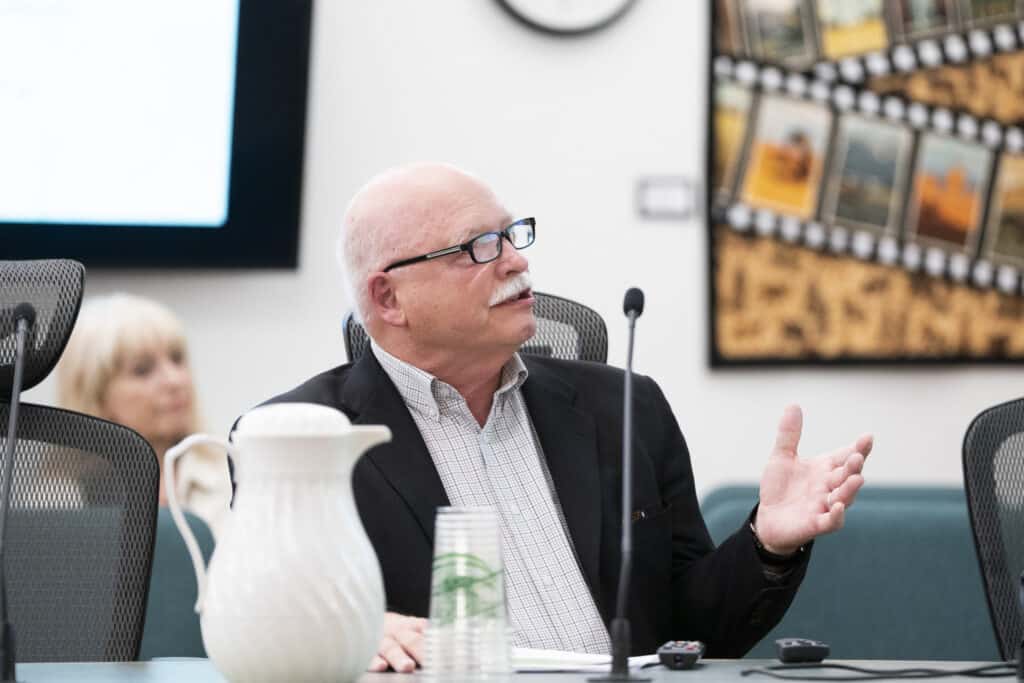
“Our county supervisor did not advocate for our residents in the face of these cuts,” Councilwoman Kathy Kinsella said.
“There’s only so much advocating that you can do when there’s no money,” Michaels later stated when reached for comment. “Our library district has seen inflationary and cost-of-living increases totaling over a half million in the past two years.”
Yavapai County officials said inflation concerns were why an increase in the tax levy to avoid the library cuts was not considered. The county cut funding to these libraries in the Verde Valley:
- Sedona Public Library: $76,826
- Cottonwood Public Library: $47,065
- Camp Verde Community Library: $25,570
- Clarkdale Public Library: $11,538
- Jerome Public Library: $7,133
The unincorporated areas of the county were spared the cuts because often the library is the only civic service available in those areas, Yavapai County Librarian Corey Christians said.
Meanwhile, the Coconino County Library District has announced that it is proposing a tax increase of 7.66%, which will be discussed on Tuesday, June 27, at 6 p.m.
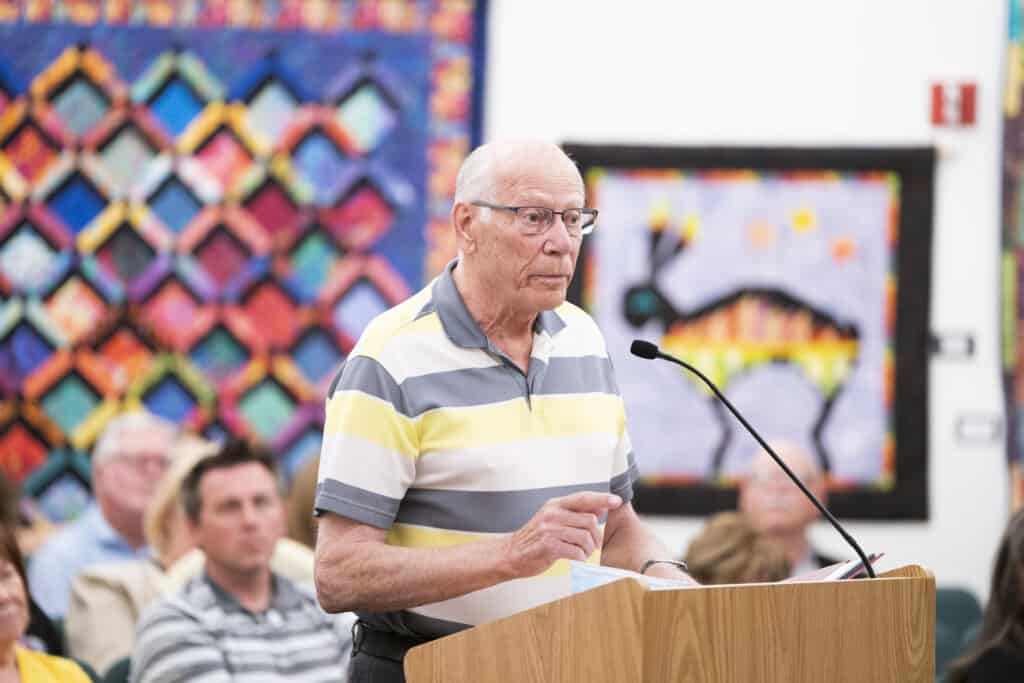
“The way that Yavapai County funds libraries is their taxing district,” SPL Director Judy Poe explained to the city council during the service contracts meeting. “They collect taxes from every property in Yavapai County. Those taxes are then given to the county librarian, and he decides how they are distributed for fiscal year 2023. Sedona residents within the city limits paid $407,577.92 toward their library tax. They are receiving back $169,453, or 41.5%.”
Last year, the city contributed $541,959 to SPL, accounting for 33% of its budget. The funding increase means that the city will now be covering 50% of the library’s operations, which will bring it more in line with other libraries in the county, where county and municipal funding cover 90% of the budget. The increased city funding will also allow the library to focus its own fundraising efforts on capital improvement projects.
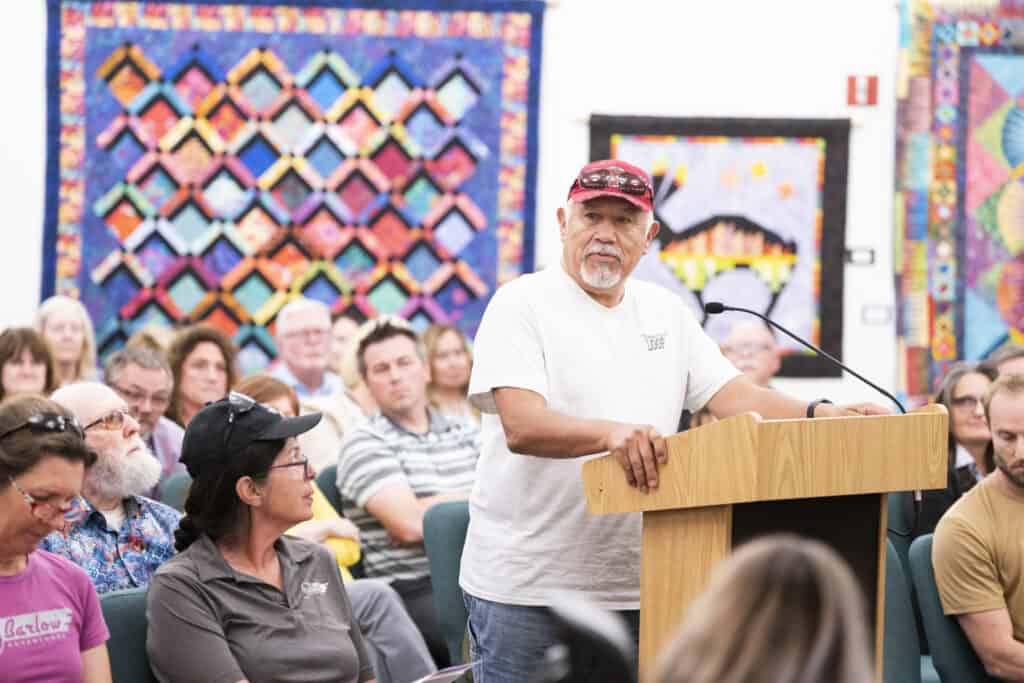
“We have a 30-year-old building that is experiencing some deferred maintenance,” Poe said. “We have 30-year-old carpet and while we have two meeting rooms, we have a lot of need in the community for more space for people. We are having a difficult time coming up with the funds to do that. We are going to go out and start to ask the public to help support us. Just as the community library was built by the community, we would like the community to step up and help us do renovations.”
Seven members of the public spoke in favor of the funding increase, with one resident expressing concern over the potential for increased maintenance costs arising from capital improvements.
Councilwoman Jessica Williamson asked Poe if the library’s programming will change over the next five years. “In the next year, we hope to create a better relationship with our Hispanic community,” Poe said. “We would like to work on some business incubation courses, we want to beef up our computer courses. We want to hold more entertaining programs for the public.”
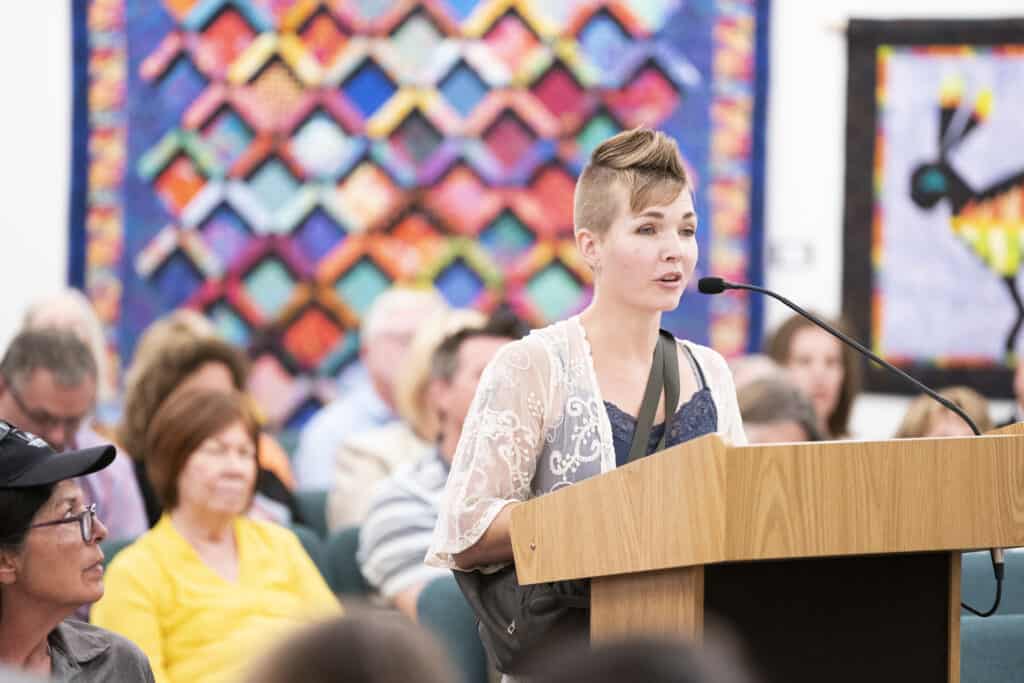
David Jolkovski/Larson Newspapers
Sedona Recycles
The renewal of the contract for Sedona Recycles was the most debated item of the discussion. Ploog summarized the city council’s and citizen budget committee’s management concerns about the contract when she called for the group to develop a strategic management plan.
“No strategic plan, I’m aware, has ever been completed, that would look at the business of the recycling center and how to be more self-sustaining,” Ploog said. “What’s happened is that we’ve just continued to increase the number of dollars that are being provided to the recycling center. And the recycling center has not come back to help on their end, from my perspective, to find a way to be more business-oriented, and to decrease its dependence.”
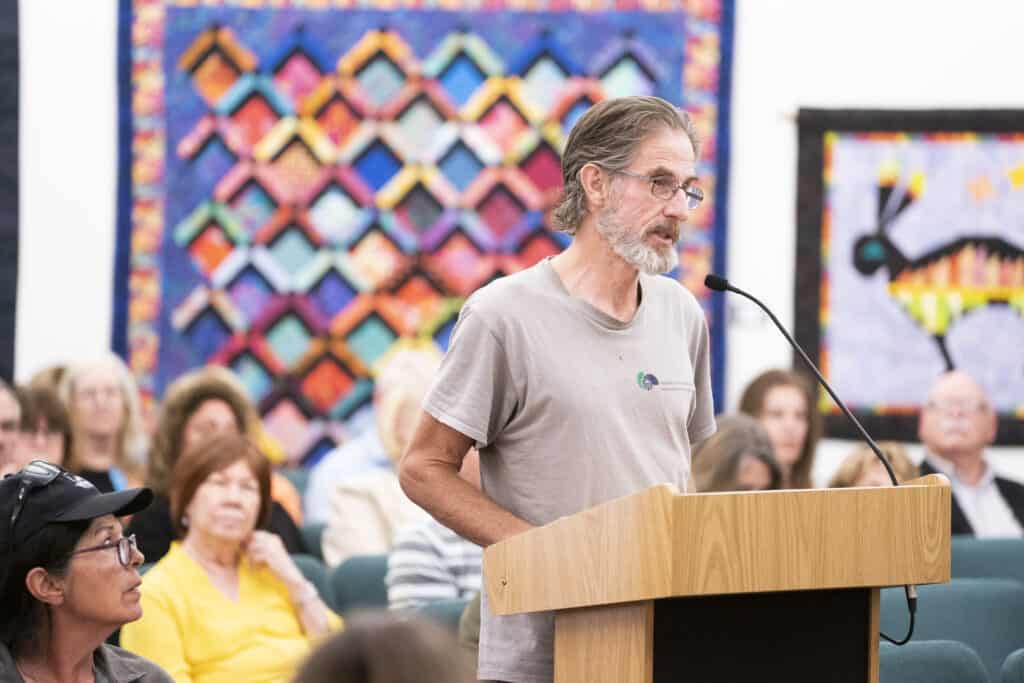
The service contract amount for Sedona Recycles was increased to $250,000 this year, up from $203,000 in 2022, while about 15% of residents use their service.
“I don’t think any recycling center is self-sufficient,” Sedona Recycles President Doug Copp said. “I don’t see how you could be with the commodity prices. If you want to save money, just send it off the landfill. That’s cheaper in the short term.”
The main financial challenges for Sedona Recycles are the cost of labor, high equipment costs and low commodity prices.
Copp pointed out that the group raised about $40,000 during their year-end fundraiser. He added that commodity prices are a huge challenge, as glass has a very stable price of $15 a ton, while other items, such as cardboard, can fluctuate from $200 a ton to zero. One business change that Sedona Recycles has made for cost savings was to stop processing styrofoam at the end of May after losing $60,000 on it last year.
“The second reason is [that] Styrofoam is a toxic material,” Copp said. “People shouldn’t use it by recycling and we’re just enabling people to keep using it because they think, ‘Oh, it’s getting recycled. It’s OK.’”
Copp agreed to craft a strategic plan over the next year.
Several council members suggested that the city could move to a single trash hauler to reduce the number of vehicles on the road. The idea was previously floated between 2013 through 2016 and proved to be divisive among residents.


